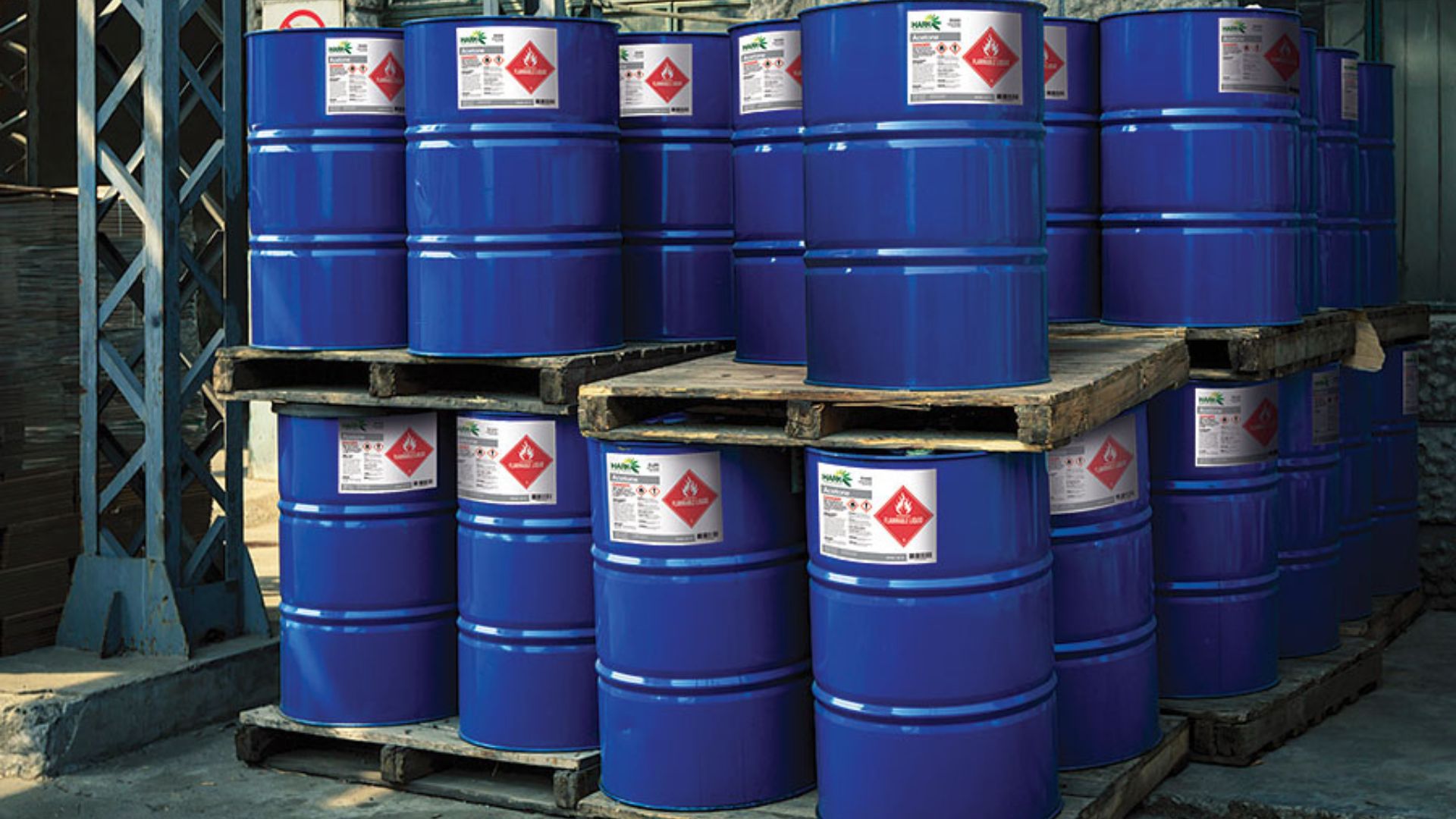Properly labelling chemical containers is essential for ensuring safety in any laboratory or workplace. Clear and accurate labels help prevent accidents, ensure proper handling, and comply with regulations. In this article, I will provide detailed guidance on how to label chemical containers correctly.
The Importance of Labeling Chemical Containers
Labelling chemical containers is crucial for several reasons. Proper labels provide information about the contents, hazards, and handling instructions. This helps in preventing accidents and ensures that chemicals are used and stored safely. Let’s explore the key aspects of labelling chemical containers.

Chemical Containers
Use Clear and Legible Labels
The first step in labelling chemical containers is to use clear and legible labels. Ensure that the text is easy to read and resistant to smudging or fading. Labels should be durable enough to withstand exposure to chemicals and environmental conditions.
Include the Chemical Name and Concentration
Labels on chemical containers must include the chemical name and concentration. This information is essential for identifying the contents and understanding their potential hazards. Use the full chemical name rather than abbreviations or codes to avoid confusion.
Add Hazard Symbols and Pictograms
Hazard symbols and pictograms are important for conveying the dangers associated with the chemicals. Include appropriate symbols for flammability, toxicity, corrosiveness, and other hazards. These visual cues help in quickly identifying the risks and taking necessary precautions.
Provide Handling and Storage Instructions
Handling and storage instructions are critical components of labels on chemical containers. Include guidelines for safe handling, such as wearing protective equipment or using proper ventilation. Also, specify storage conditions like temperature and humidity to ensure the chemicals remain stable.
Indicate Expiration Dates
Expiration dates are important for ensuring the quality and safety of chemicals. Include the expiration date on the label to prevent the use of outdated or degraded chemicals. Regularly check and update labels to keep track of expiration dates.
Use Color-Coding for Quick Identification
Colour-coding is an effective strategy for labelling chemical containers. Use different colours to indicate various hazard levels or types of chemicals. This helps in quick identification and enhances safety by providing an additional layer of information.
Include Manufacturer Information
Manufacturer information is another essential element of labels on chemical containers. Include the manufacturer’s name, contact details, and batch number. This information is useful in case of recalls or if further information about the chemical is needed.
Follow Regulatory Guidelines
Ensure that labels on chemical containers comply with regulatory guidelines. Different regions and industries have specific labelling requirements. Familiarize yourself with these regulations and ensure that your labels meet all the necessary standards.
Use Multilingual Labels if Necessary
In workplaces with a diverse workforce, consider using multilingual labels. This ensures that all employees can understand the information on the labels, regardless of their language proficiency. Multilingual labels enhance safety by making information accessible to everyone.
Regularly Review and Update Labels
Regularly reviewing and updating labels is crucial for maintaining accurate information on chemical containers. Ensure that labels reflect any changes in chemical composition, hazards, or handling instructions. Keep records of these updates for compliance and safety purposes.
Train Employees on Labeling Procedures
Training employees on proper labelling procedures is essential for maintaining accurate and consistent labels. Provide regular training sessions to ensure that all employees understand the importance of labelling and how to do it correctly. This helps in preventing errors and maintaining a safe workplace.
Implement a Labeling System
Implementing a standardized labelling system is beneficial for consistency and compliance. Develop a system that includes templates, guidelines, and procedures for labelling chemical containers. This system should be easy to follow and adaptable to different types of chemicals and containers.
Use Secondary Containers with Proper Labels
When transferring chemicals to secondary containers, ensure that these containers are also labelled properly. Include all the necessary information, such as chemical name, concentration, hazards, and handling instructions. This prevents confusion and maintains safety throughout the handling process.
Ensure Labels Are Securely Attached
Ensure that labels are securely attached to chemical containers. Labels should not peel off or become detached easily. Use adhesive labels that are designed for chemical resistance, or consider using label holders for added security.
Perform Regular Label Inspections
Regular label inspections are important for maintaining the integrity of labels on chemical containers. Check labels for signs of wear, damage, or fading, and replace them as needed. Inspections help in ensuring that labels remain legible and accurate over time.
Conclusion
Properly labelling chemical containers is a critical aspect of chemical safety. By following these strategies, you can ensure that your chemical labels are clear, accurate, and compliant with regulations. Proper labelling helps in preventing accidents, ensuring safe handling, and maintaining a safe work environment.




